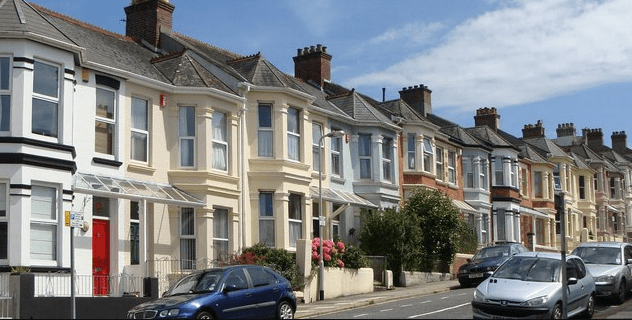Sharp Monthly Drop Follows Rush to Beat Stamp Duty Deadline
UK house prices fell in April, reflecting a cooling in the market after new stamp duty thresholds took effect. According to figures released by Nationwide, property prices dropped by 0.6% compared to March, the largest monthly fall since August 2023.
The slowdown came as little surprise. On 1 April, the government’s revised stamp duty rules came into force, increasing the tax burden for many homebuyers.
Despite the dip, annual house price growth still shows a modest rise of 3.4%. The average UK home now costs £270,752.
In her October Budget, Chancellor Rachel Reeves outlined major reforms to stamp duty in England and Northern Ireland. The threshold at which buyers begin paying the tax was slashed from £250,000 to £125,000.
For first-time buyers, the stamp duty exemption limit has been reduced from £425,000 to £300,000. This means many now face charges on homes that were previously tax-free.

Robert Gardner, chief economist at Nationwide, said: “There was a significant jump in transactions in March, with buyers bringing forward purchases to avoid the additional tax charges.”
He added that while the market is expected to stay “a little soft” in the near term, momentum could return in the coming months. “The market is likely to remain a little soft in the coming months,” he noted.
However, Gardner is optimistic about a rebound: “Buying is likely to pick up over summer due to earnings rising and the expectation of further cuts to interest rates.”
Analysts say that while the recent changes have dampened short-term demand, other factors could reignite the housing market.
Ashley Webb, a UK economist at Capital Economics, pointed to falling mortgage rates as a key driver: “Easing mortgage rates will help boost housing demand in the coming months.”
Webb forecasts a 3.5% rise in house prices this year, with further growth of 4.5% predicted for 2026. He also noted potential complications due to global economic pressures, including US trade tariffs under President Donald Trump’s administration.
A mortgage rate battle is now underway. All major UK lenders are offering fixed deals below 4%, though many still require substantial deposits.
There’s also been a notable increase in low-deposit mortgage options—5% and 10% deals are now more common than at any time since the 2008 financial crisis. This could provide some relief to first-time buyers, even as affordability remains a challenge.
Jean Jameson, of Foxtons estate agents, remains upbeat: “With the anticipation of further rate cuts and mortgage provider competition, we expect to see the market accelerate through the gears over the remainder of the year.”
While the immediate impact of stamp duty changes has cooled market activity, falling mortgage rates and potential interest rate cuts suggest brighter days ahead. First-time buyers may benefit from increased mortgage options, although the overall cost of buying remains high.
The housing market, though subdued for now, may yet find renewed energy as we move into summer.






